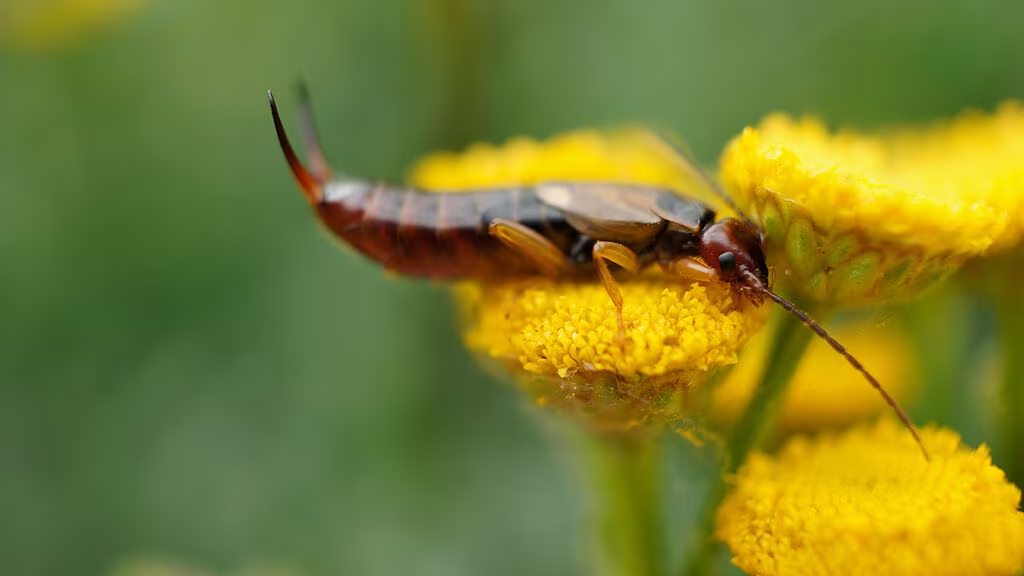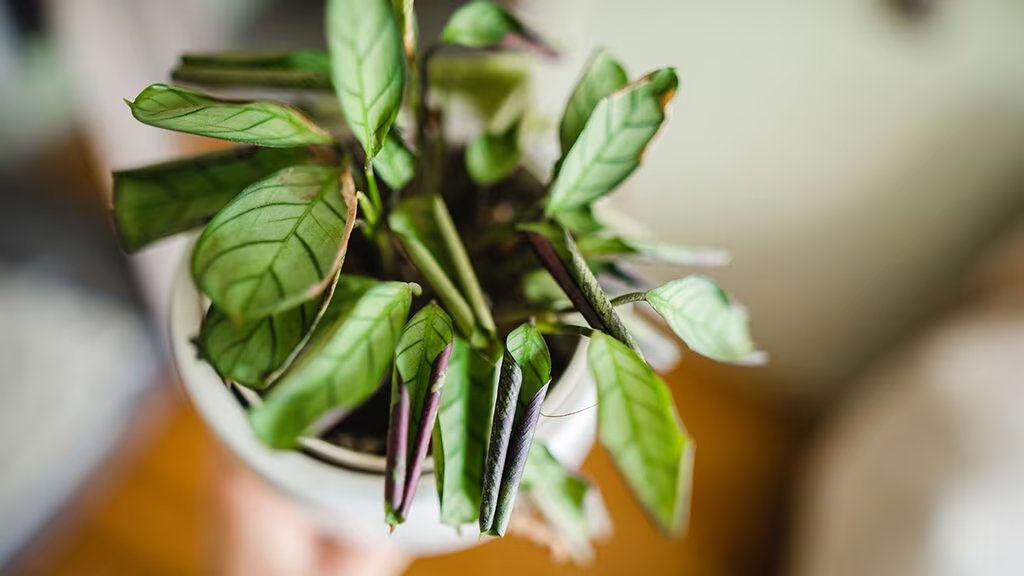Blackflies (biting midges) - how to get rid of them
Pests and weeds
Many believe it is fruit flies, but if they live in the potted plants, it is likely fungus gnats. Fortunately, there are ways to get rid of them. The trump card is nematodes, which come from nature itself and can be purchased at Plantasjen.


Written by Miriam Gysling
Miriam Gysling, a gardener with a passion for potted plants in general, cacti, and Philodendron in particular.
Topics:
Pests and weeds




